An environment where it’s always humid and warm – like a bathroom – is the perfect breeding ground for mould. Mould not only makes an otherwise clean bathroom look dirty but it’s also bad for your health: it’s associated with a host of respiratory ailments, including asthma. Using mould-resistant paint, keeping the grout sealed and switching to a fully synthetic shower curtain will help keep mould at bay. However, there are completely natural ways to keep bathroom tile and grout free from mould too. Here are the best solutions.

Good Ventilation
Poor ventilation is one of the top mistakes to avoid when renovating your bathroom. This is because good ventilation is your first defence against black mould in the bathroom: it gets rid of the dampness that mould needs to grow. So, during and after your shower, open the windows or turn on the vent fan to let all that moisture out.

The Right Plants
Plants not only add colour and life to your bathroom: some plants thrive in the warm and humid bathroom environment and will also act as natural dehumidifiers and air purifiers, keeping moisture and mould spores at bay. This makes them an especially good choice when you’re wondering how to prevent mould in a bathroom without a window. Plants to consider include ferns, English ivy, bromeliads, orchids and air plants.
Related: 15 House Plants That Help Reduce Humidity in the Bathroom
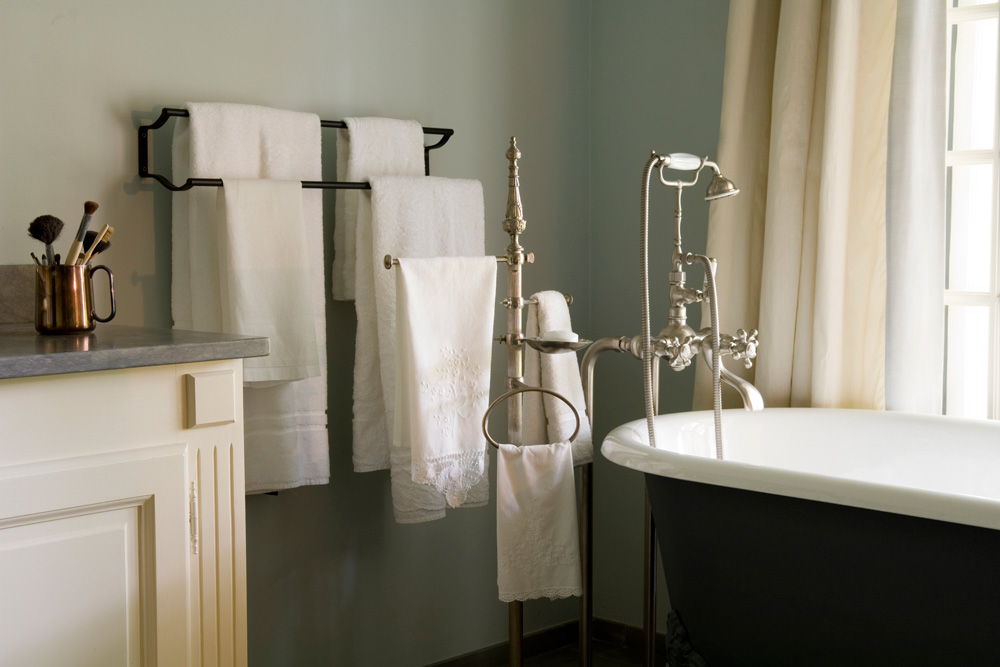
Keeping Things Dry
Getting into the habit of keeping your bathroom dry will also help prevent mould from growing. This means wiping down the tiles, shower door and floor after your shower or bath, hanging wet towels and washcloths out to dry and not leaving damp or sweaty clothes on the floor.
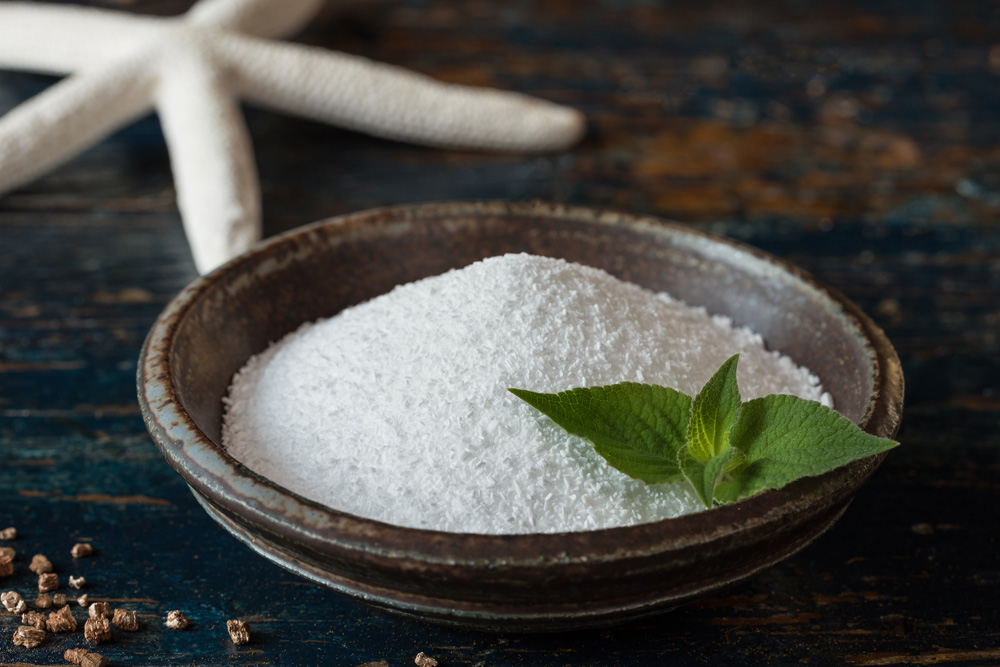
Salt
Salt dehydrates single-cell organisms like mould, killing them. While you’d normally need a dry bathroom, using salt for mould requires sprinkling coarse salt on damp surfaces and letting it sit overnight before rubbing it off. Of course you don’t want to use your expensive kosher salt but you can use Epsom salt, which is cheap but feels so great in a bath that it doubles as one of our favourite luxury bath products too.
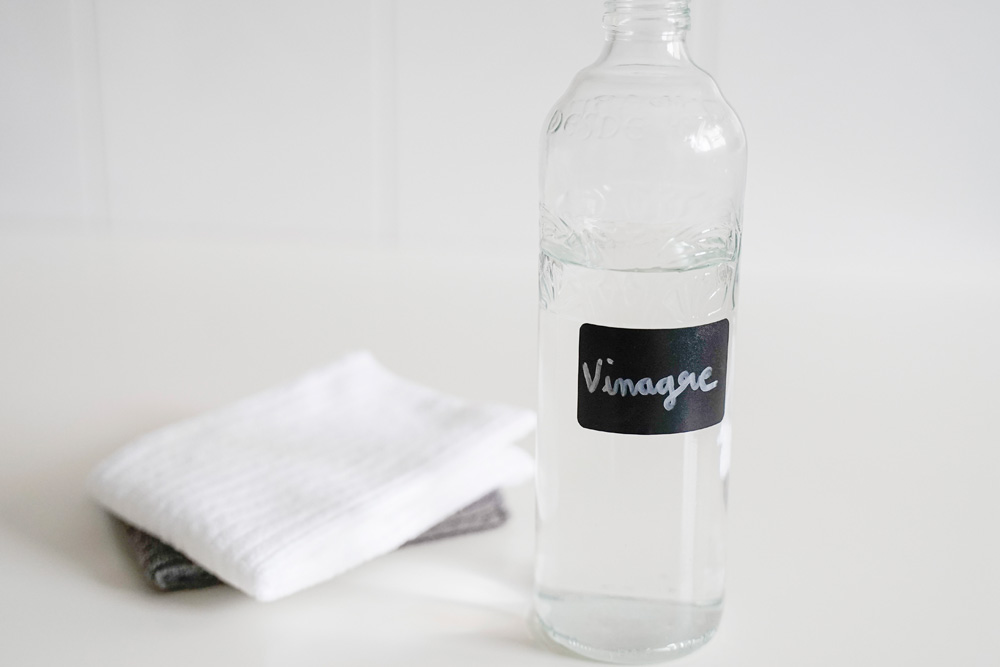
Vinegar
Wondering how to get rid of mould in the bathroom? Vinegar can help, since it kills most mould species, including black mould, and disinfects surfaces. Vinegar with a high acetic content can damage tiles and grout, so you’d need to dilute it. However, most vinegars used in cooking have a low acetic acid content and you can use them straight: simply spray onto the mouldy surface, let sit for an hour and wipe away with a wet cloth or sponge.
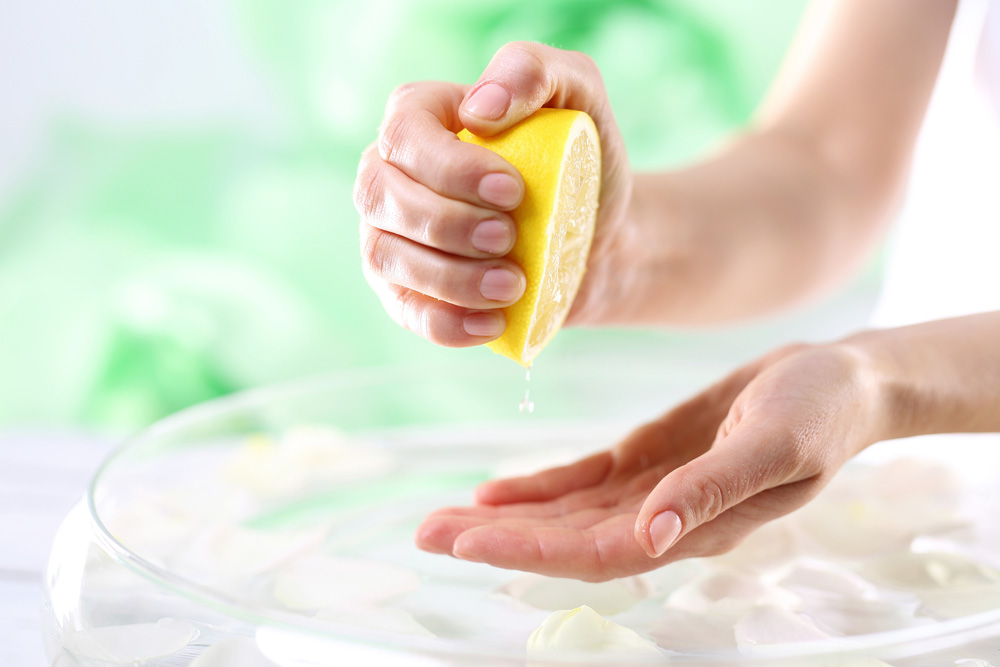
Lemon
Grout is one of the many things you can clean with a lemon. Like vinegar, the acid in lemon juice kills mould and disinfects the area but unlike vinegar, lemon leaves a wonderful smell too. Pour some lemon juice onto the mouldy area, let sit for a few minutes and wipe off. Repeat if necessary: lemon juice will also get rid of stains on tiles.
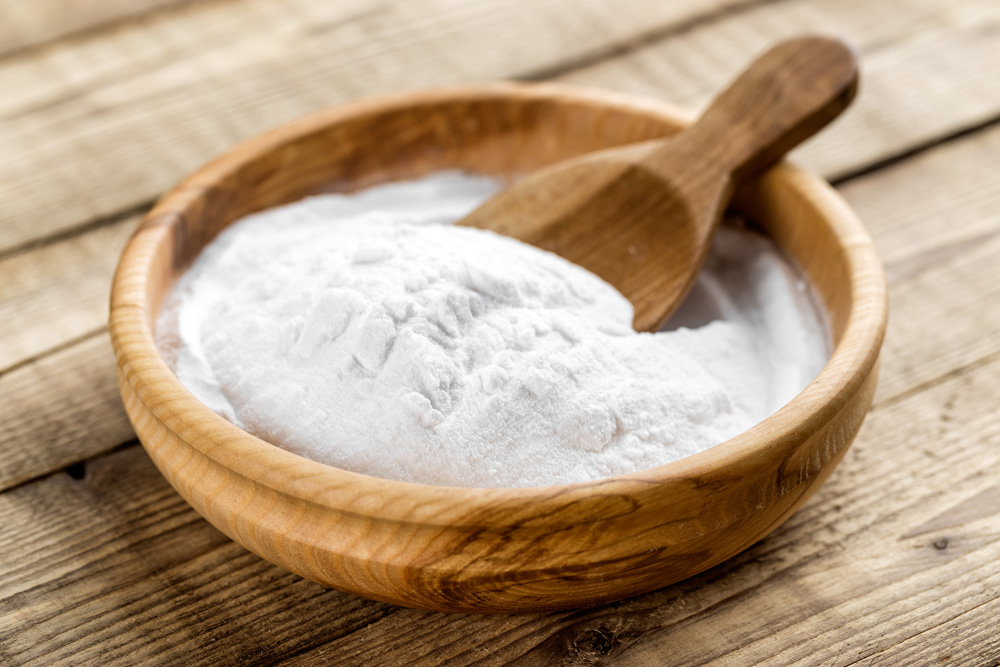
Baking Soda
If you’re at your wits’ end on how to keep mould out of the bathroom, open your medicine cabinet and reach for that box of baking soda: and you should have a box in your bathroom as well as in your kitchen and laundry room because it has so many uses. Baking soda is gently abrasive so you just need to apply it to your sponge and scrub the mouldy area. It will also absorb the moisture that attracts the mould in the first place.

Tea Tree Oil
Another bathroom-cabinet staple – and potential ingredient in DIY, all-natural cleaning products – that you can use to get rid of mould is tea tree oil, which has antifungal properties. Add a teaspoonful of oil to a cup of water in a spray bottle, shake well, spray onto the mouldy area and leave to dry for an hour. Then wipe it off with a dry cloth or towel.
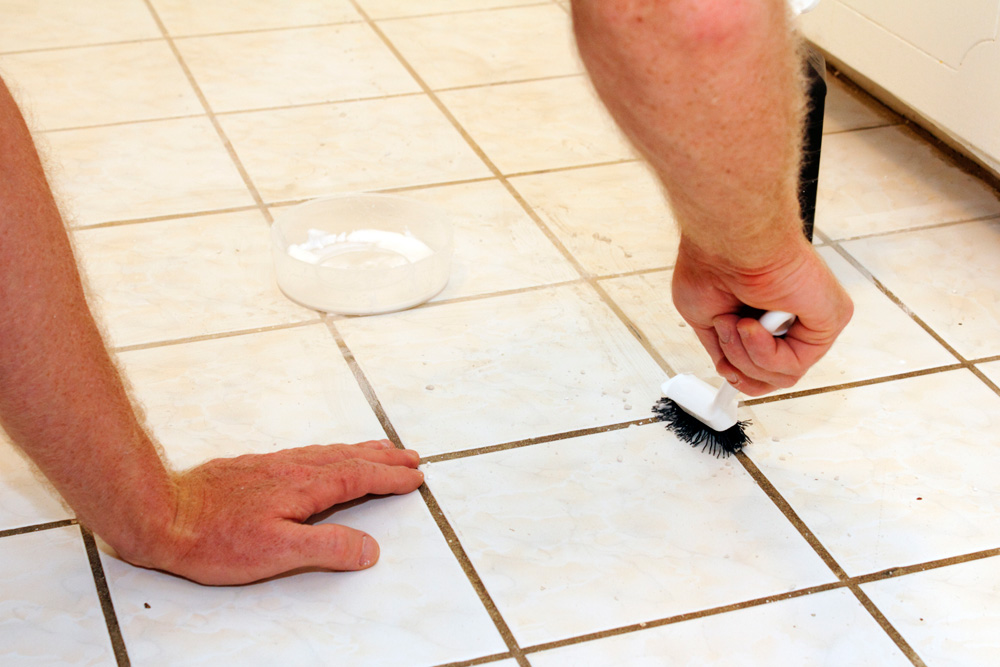
Hydrogen Peroxide
Bleach can get rid of mould but may damage tiles. Instead, use a 3 per cent concentration of hydrogen peroxide: the type you already have in your medicine cabinet. Spray it into the mouldy area and leave for 10 minutes before rubbing away the mould. Alternatively, mix it with flour until you have a thick paste. Spread this onto the area, cover with plastic wrap, leave overnight and rinse away with cold water.
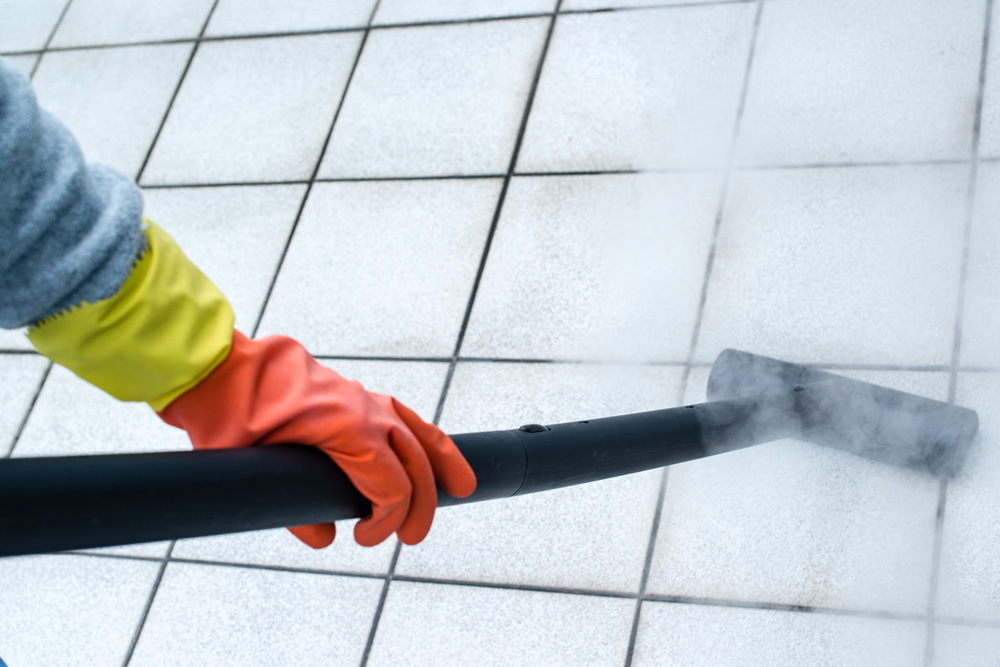
Steam Cleaning
There are several ways to clean grout without breaking a sweat but most of them still require some elbow grease. Steam cleaning is the exception: using only high heat and pressure, it quickly gets rid of soap residue, dirt and mould on those tiles and grout lines, requiring almost no effort at all.
Home Network your inbox.
By clicking "SIGN UP” you agree to receive emails from Home Network and accept Corus' Terms of Use and Corus' Privacy Policy.




